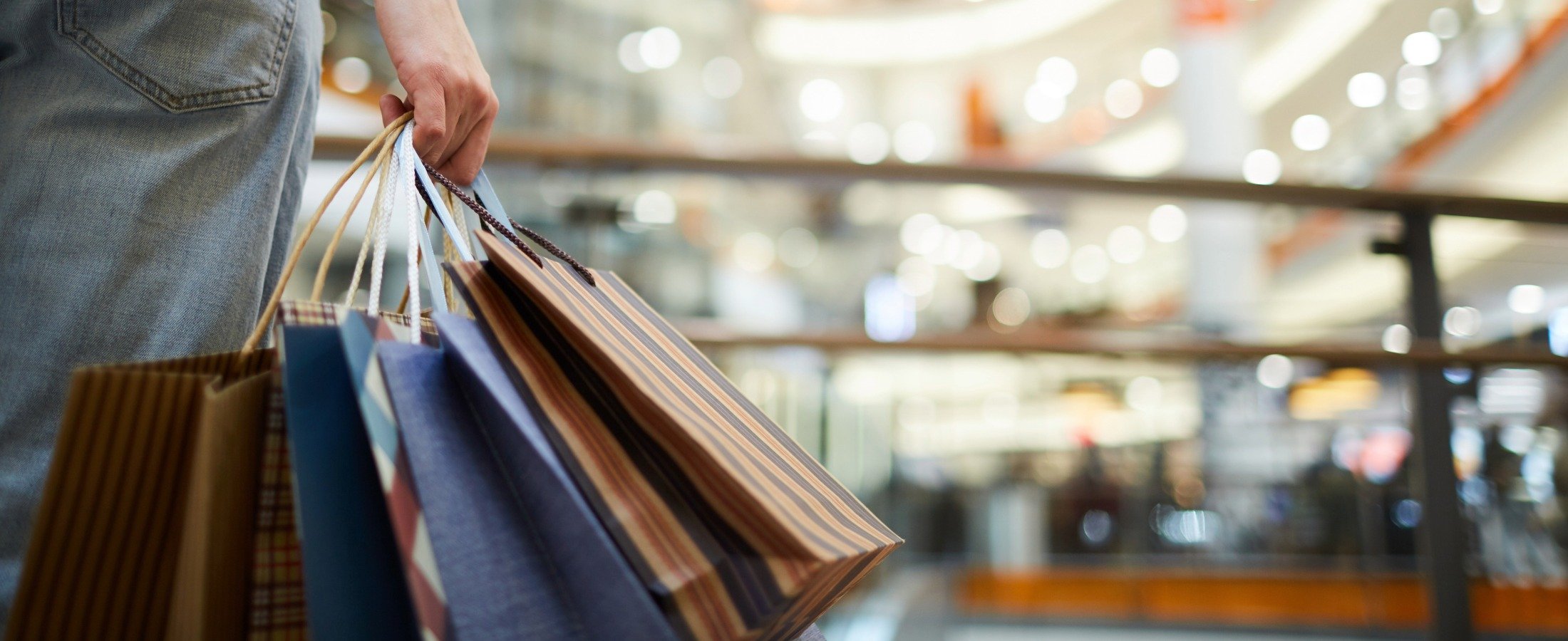The Case for Physical Retail: 3 Reasons Brick-and-Mortar Still Matters

People have been predicting the death of brick-and-mortar retail for years. Yet here we are. Stores are still open, customers still show up, and retailers who know what they’re doing are still making money.
The ones who struggle aren’t failing because of online shopping. They’re struggling because they’re not connecting their systems, not running their stores efficiently, or not thinking about how physical and digital channels work together. Unified commerce fixes that — it’s what lets stores survive, grow, and actually compete.
1. Customers Still Want to See and Touch
No matter how good your eCommerce site is, people still want to experience products in person. They want to feel the quality, test it out, or just see it before buying. Immediate gratification is powerful — getting it today beats waiting for shipping.
This isn’t just for small shops. Regional and national chains see the same thing: shoppers want consistent, reliable in-store experiences. If every location doesn’t feel like the brand, you lose trust.
2. Stores Build Customer Loyalty
A store isn’t just a sales channel. It’s where you earn repeat business. Customers remember good service, helpful advice, and staff who actually know the products.
For multi-store retailers, consistent service across locations is critical. Unified commerce helps track loyalty, rewards, and promotions so customers get the same experience wherever they shop. That’s what turns first-time buyers into regulars.
3. Physical Stores Are the Hub of Omnichannel
Brick-and-mortar isn’t dying — it’s central to modern retail. BOPIS, curbside pickup, same-day delivery: they all start at a physical location. Stores are where online and offline connect.
Unified commerce puts everything in one place. You can see what’s in stock, where it’s selling, and what’s not moving — all in real time. Loyalty programs, promotions, and customer data work together, instead of living in separate systems. Shoppers get the seamless experience they expect. You get control over your business instead of guessing at numbers or juggling spreadsheets.
The right tools make running your stores easier, not more complicated. Real-time inventory and accurate reporting show you what’s happening across all locations. Analytics highlight trends and problem areas before they become big issues. Less time is wasted fixing mistakes. More time is spent on customers, coaching staff, and making smarter business decisions.
Bottom Line
Stores aren’t going anywhere. Customers want in-person experiences, knowledgeable staff, and immediate access to products. Retailers who connect their in-store, eCommerce, and loyalty operations with a unified commerce platform don’t just survive — they thrive.
Ready to modernize your retail operations? Learn more about our unified commerce platform and how it can help you simplify operations, grow revenue, and deliver the experiences customers expect.